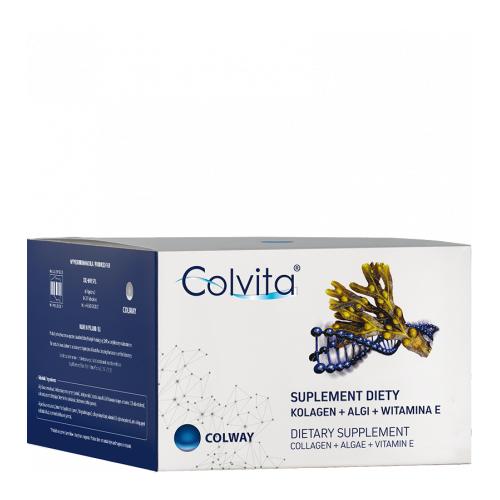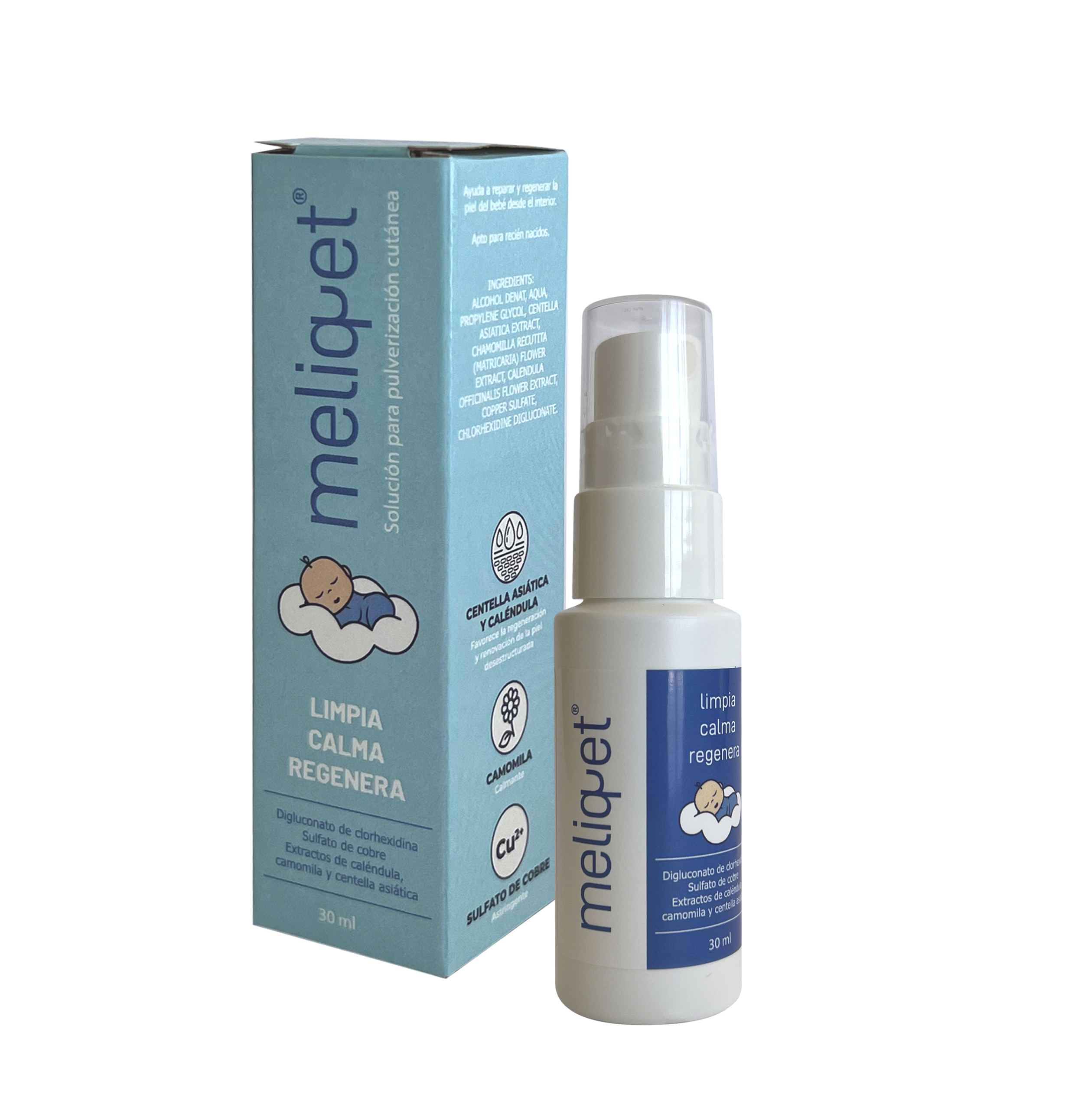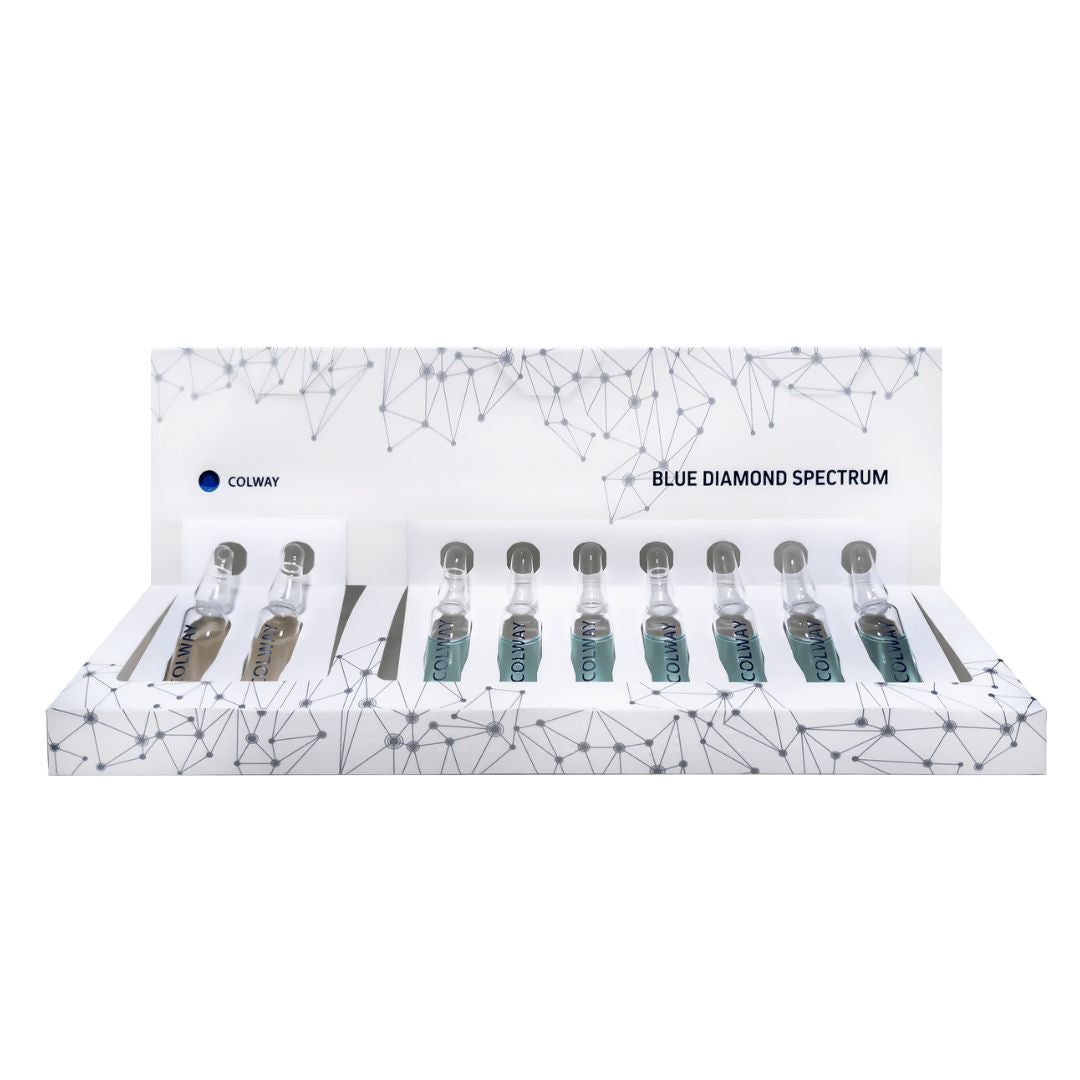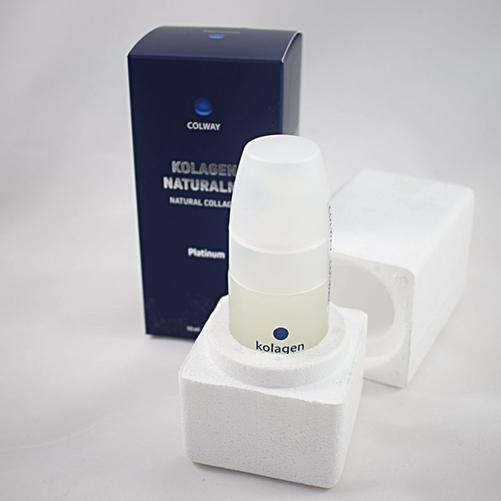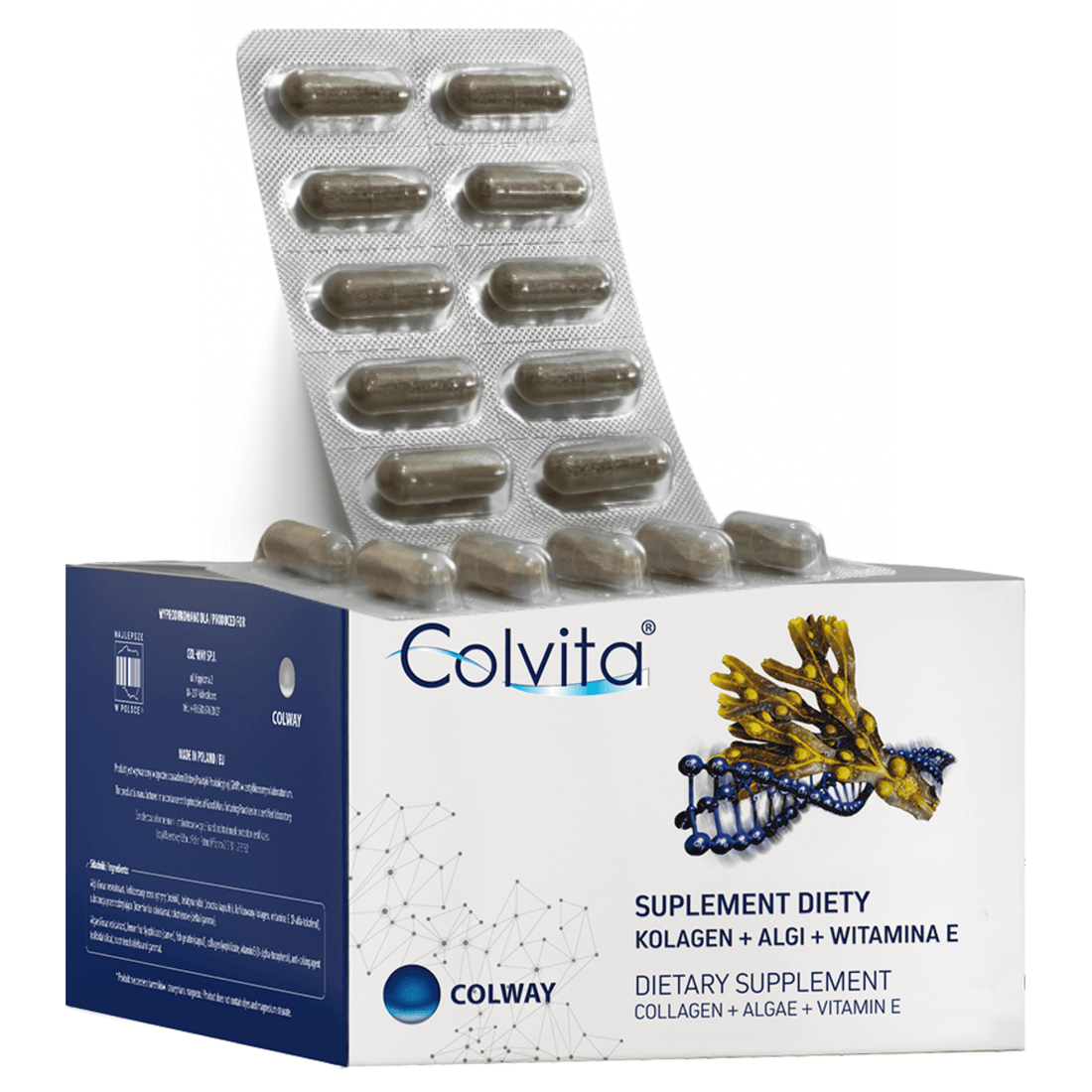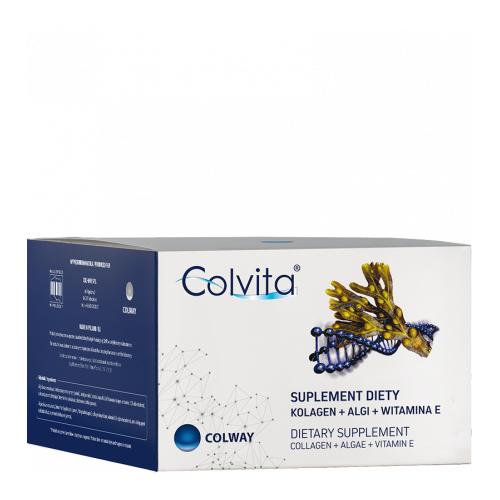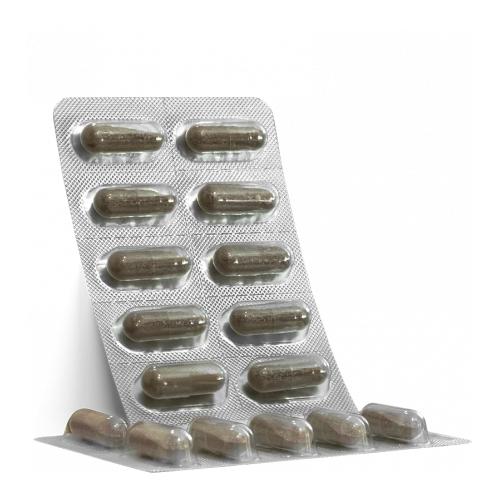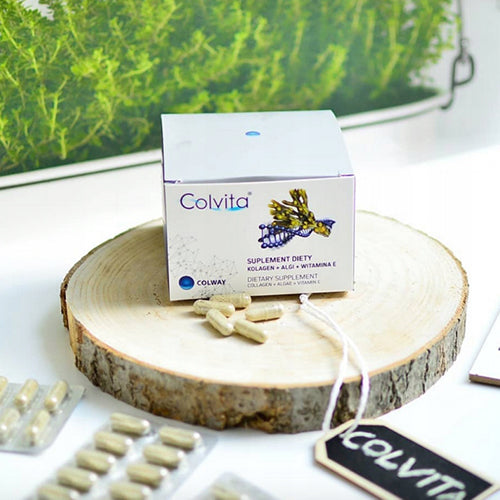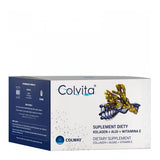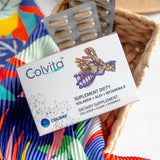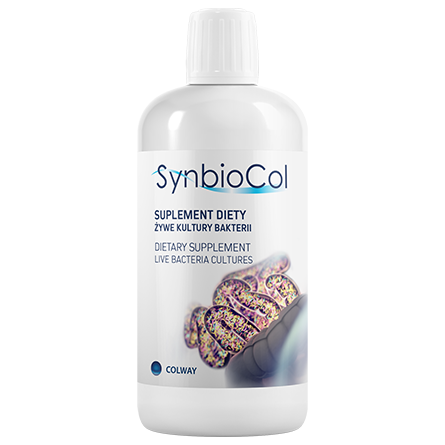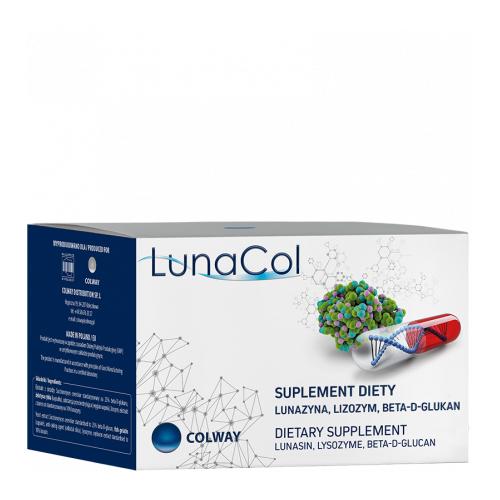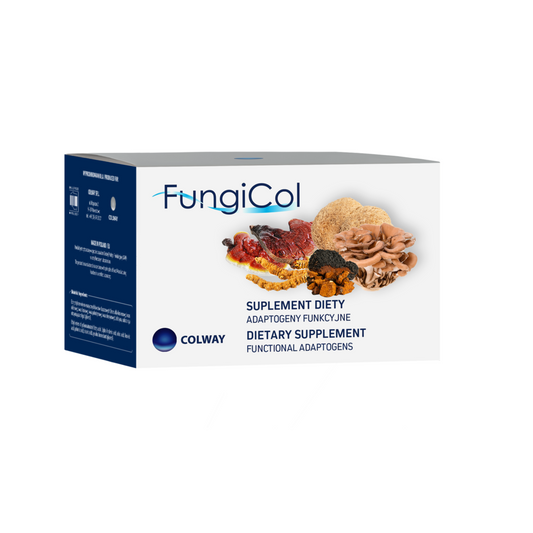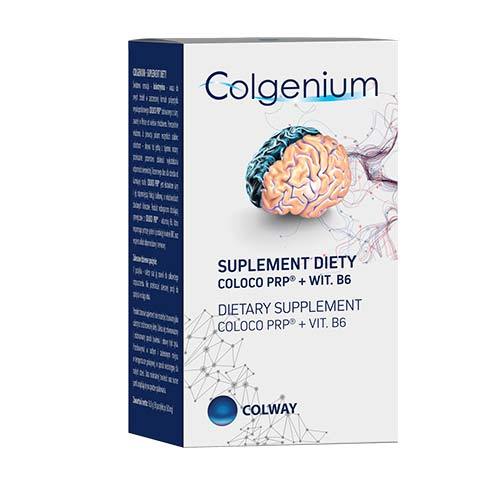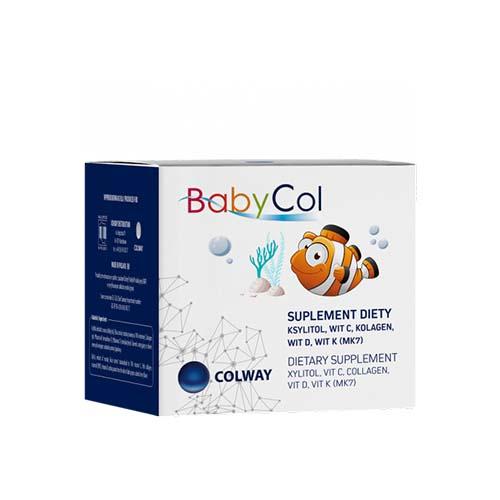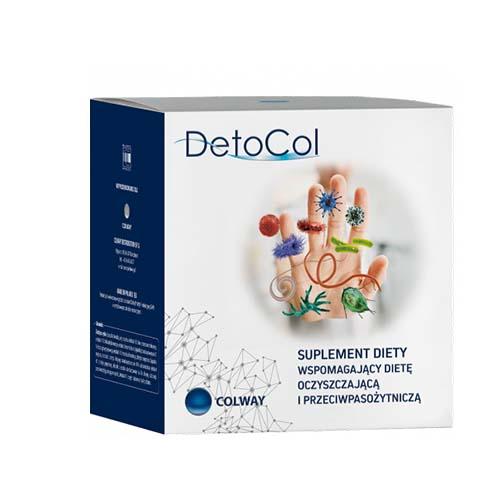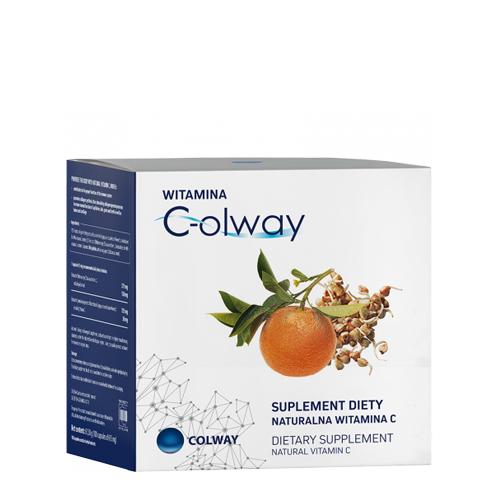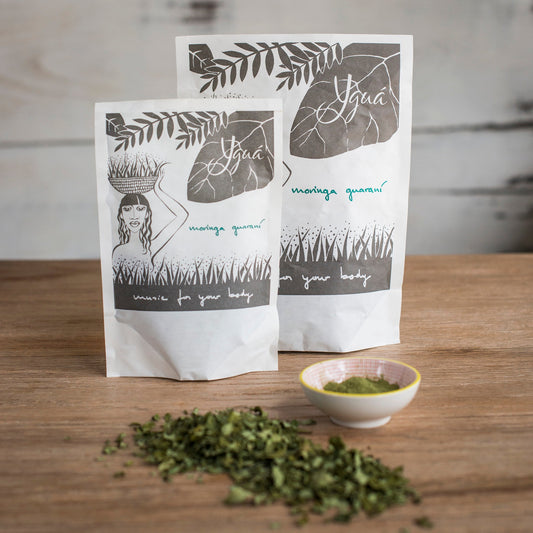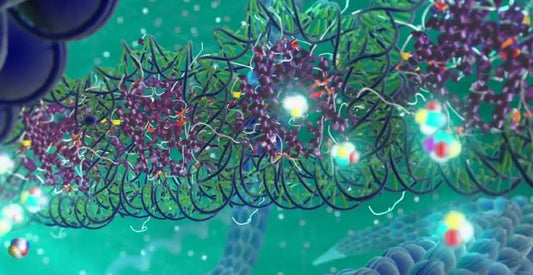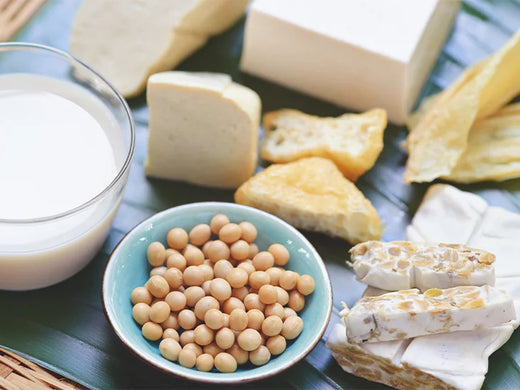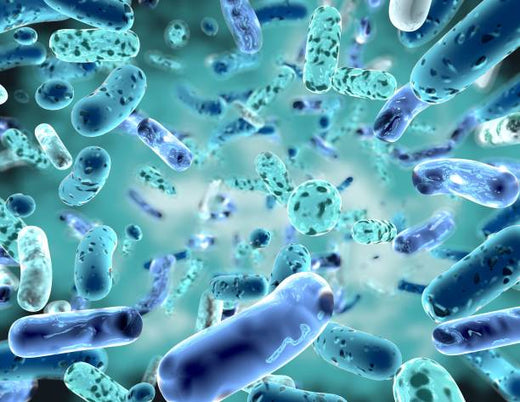In its natural state, collagen is a macrostructure insoluble in water. Obtaining collagen is normally carried out in two ways: lyophilization O Hydrolysis.
1- Freeze drying
Colvita® It is obtained by freeze-drying. It is the extraction process used by the pharmaceutical industry.
The freeze drying It is one of the methods used to obtain dry products. It is a freezing process at temperatures below -40ºC under vacuum conditions (1Pa), with subsequent dehydration by sublimation.
As a result of this process, the active substances retain their properties and valuable components such as polypeptides.
In the case of using the freeze drying For the extraction of collagen, electrophoretic analysis and morphological examination by electron microscopy confirm that this procedure used to extract collagen does not alter the polypeptide composition of the molecule and its structure.

The NNU (net nitrogen utilization) ratio for the amino acids obtained is 98,96 %. This is a very high anabolic value for a protein isolate. For this reason, 48 mg of lyophilized collagen per capsule in Colvita® They are not comparable to other products with lower or unavailable NNU. The average market value is 16%.
2- Hydrolysis
Direct extraction of collagen-rich tissues, such as the skin, bones and cartilage of animals from the slaughterhouse through direct hydrolysis with proteolytic enzymes or through hydrolysis in acidic or basic media, followed by multiple purification stages, until reaching the final product that is subjected to drying.
The collagen extracted in this way is marketed as Hydrolyzed collagen, is the most abundant on the market and the cheapest. It is the process used by the food industry.
It looks like freeze-dried collagen in its amino acid/peptide composition, but not in its structure, which has been lost in the extraction process, therefore its applications are not comparable to freeze-dried collagen which is the one used in Colvita®.

Origin of Collagen
Most collagen is obtained from bovine or porcine connective tissue. of waste from slaughterhouses, from third countries.
He collagen of Colvita® is extracted from the scales of freshwater carp, - Hypophthalmichty Molitrix raised in European fish farms with the highest quality control - Collagen from Colvita® It is obtained in the form of triple helix (spiral) molecules that are precursors of collagen fibers.
Benefits
The regular use of Colvita®provides the body with free amino acids of collagen type I and their associated benefits:
Wisteria: essential for growth hormone, useful in the formation of red blood cells, keratin (affects the appearance and condition of the skin), also ensures better muscle condition and the adequate amount of bile acids, and also has anti-stress properties.
Proline: supports the condition of collagen and elastin fibers, supports and strengthens ligaments, cartilage, connective tissue, heart muscle, supports wound healing and tissue reconstruction.
Lysine: improves the immune system, participates in the process of building tissues, cartilage, hormones and enzymes, facilitates the absorption of calcium in the bones, protects against viruses, for example, flu, herpes and viral hepatitis.
Alanine: regulates glucose metabolism in muscles.
Tyrosine: produces thyroid hormones, has a beneficial effect on the functioning of the pituitary and adrenal glands, has an antidepressant effect and supports the treatment of insomnia.
Arginine: dilates blood vessels, stimulates tissue growth, including muscle tissue, increases insulin and testosterone levels and adds vitality.
Methionine: It detoxifies the blood in pregnant women, and in all of us it defats the liver, cleanses the kidneys, helps in the treatment of rheumatism and osteoporosis, and lowers cholesterol.
Glutamine: supports our memory and concentration, as well as the functions of the nervous system.
Histidine: important in the production of red blood cells and muscle tissue and especially important as an ingredient in a diet for adolescents.
Composition
Freeze Dried Collagen: Collagen represents 30% of the proteins contained in the human body and the fifth most abundant protein.
Soft body parts contain a small proportion of collagen while harder tissue (tendons, skin and nails) are almost entirely made up of this protein. Collagen production in humans decreases as we age. Collagen is, in large part, responsible for the condition of the skin, bones and cartilage.
AlgaFucus Vesiculosus: Seaweed extract. Algae are responsible for fighting free radicals. It is rich in minerals such as Magnesium and Zinc and micro elements essential for collagen synthesis, such as Vitamin C.
Vitamin E: It is an essential nutrient for human beings. It is an antioxidant and also contributes to cell maintenance and conservation.
In Colvita® ® uses D-alpha-to-copherol, a form of vitamin E obtained from natural resources with great biological richness, and Tocotrienol. This vitamin also fights free radicals, as well as the signs of aging in our body.
Vitamin E and vitamin C together promote the synthesis of collagen in the body.
How to use
The collagen contained in Colvita®is 98.96% anabolic, meaning it is used solely in creating new cells rather than being converted into energy or excreted.
Given its high bioavailability, it does not even need enzymatic digestion in the stomach. It is absorbed directly in the intestine. slim in less than 30 minutes.
- It is recommended to take 2 capsules of Colvita® a day preferably during or after meals.
- Enough capsules for 1 us ( 60 caps) o 2 months (120 caps).
It is important to complement this treatment with the intake of vitamin C and plenty of water as it helps the formation of collagen.
Colvita® It is a food supplement so it should not be substituted for any food. A balanced diet and a healthy lifestyle are vital to maintaining good health.
Concentration per capsule (200 mg:)
- Freeze-dried collagen of marine origin - 48 mg (98% NMU)
- Seaweed -Fucus vesiculosus - 300 mg, with high concentration of Magnesium and Zinc
- Tocotrienol delta - 2,58 mg (*)
- Tocotrienol gamma - 0.44 mg(*)
*Tocotrienol is a member of the vitamin E family.
Precautions
- Hypoprotein diets in severe renal diseases.
- Currently undergoing treatment with chemotherapy or radiotherapy.
- Diseases from the group of collagen diseases.
- Allergy to fish protein (for approximately 0.008% of the population).
Iodine free product.
PEARL: Algae (Fucus Vesiculosus), Lemon fruit lyophilizate (Carrier), Fish gelatin (Capsule), Collagen lyophilizate, Vitamin E (D-alfa-tocopherol), Anti-caking agent (Colloidale silica), Tocotrienols (Delta and Gamma).

